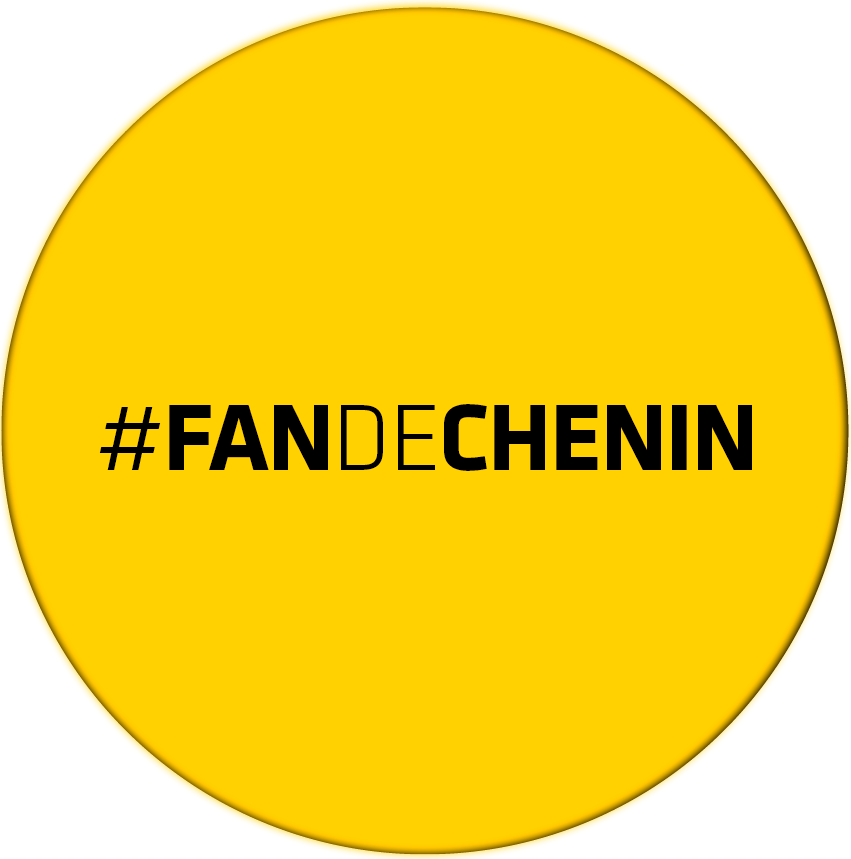Bonnezeaux: 80Ha of incredible wealth !
Contacts
Located in the heart of the Coteaux du Layon vineyard, this sweet wine appellation is born from an exceptional terroir. It is an example of equality between sweetness and vivacity. A discover of unbelievable wealth!
Favorable terroir and climate
In the south of the Loire Valley, 20km away from Angers, the appellation area spreads over 80 hectares. It is located in a small part of one and unique town: Thouarcé.
The appellation area spreads over the steep hills of the slopes: « Les Melleresse », « Beauregard », « La Montagne », « Les Hauts Fleuris » et « Fesles ». On the north of these three delimited slopes, there is a twisty plateau of 90m height and the Layon river which goes up to 29m of altitude. Soils are made of St Georges schists with quartz and.phthanite
The south/south-west exposure as well as the morning mist coming from the Layon river help the grape over maturation and the arrival of « Noble Rot ».
Bonnezeaux appellation climate (microclimate which allows the growth of Mediterranean plants) allows the grapes to over-mature and the botrytis rot.
Bonnezeaux history
The name of Bonnezeaux could have different origins. It could come from the mineral appreciated by the therapy clients since antiquity or from Celtic language where the names of Burniselus, Bonnezel and Bonnazel have been known since the 10th century.
According to the legend that is Saint Martin, Tours’ bishop, in 371, who planted the first Chenin vine stock in Anjou. It is the grape variety we use to make Bonnezeaux. The first written proof of Bonnezeaux wines brings back to 1055. It was conserved at the Château de Fesles and was found in a document written by Gué du Berge’s monk.
Since the Middle Ages, the Plantagenet’s family sent Bonnezeaux wines to the most important English, german and dutsh families
After the phylloxera at the end of the 19th century Bonnezeaux re-appeared on the international market (beggining of the 20th century) .
In 1951, Bonnezeaux will be officially recognized as a producted designation of origine wine thanks to 1951 November 6th decree.

In 1990, the famous Gaston Lenôtre (pastry chef) bought a property on the appellation area and made people keep talking about Bonnezeaux
The other emblematic celebrity of the appellation is René Renou (winemaker, president of INAO : Origin and Quality National Institute) who putted the appellation to the French great wines pantheon.
In 2002, the title of the « world’s best sweet wine » was accorded to a 1996 Bonnezeaux (Brussel worldwide competition).
Bonnezeaux wines
Made from an exceptionnal terroir, Bonnezeaux represents balance between sweetness and vivacity. Located in the Coteaux du Layon production area, these wines offer a great personality, and makes it one of the best white wine appellations.
Slowly fermented, Bonnezeaux wines are sweet. The gold colour gives smoothness and will get copper coloured reflects over the years. Bonnezeaux bouquet goes from fruits and citrus fruits, acacia, vervain or orange peel to mature quince, candied apricot, caramel and exotic fruit when it ages. The mouth feel is wealthy and powerful. It will rich its apogee by getting some honey and candied fruit flavours. Only a few wines can offer such a great ability to bonify in time.
Key words for Bonnezeaux tasting:
- Colour: deep, gold, copper reflects through the years
- Nose: Acacia, vervain, orange peel, candied fruits (apricot, quince), caramel, exotic fruit, spices.
- Mouth: Powerful, opulent, round and balance with a jot of vivacity.
Exceptional wine and food pairings
Bonnezeaux has to been served between 8° and 10° degrees. It can be conserved from 10 years minimum and up to a century for the greatest vintages. You can savor it as an aperitive, with foie gras for example, but also as a starter with fried foie gras. It matches perfectly with blue cheeses such as the Fourme d’Ambert or even fruity desserts made from pear, almonds or frangipane.
In numbers
Annual production: 1600 hl produced on 80ha – 213 000 bottles per year
Annual yield: 20hl/ha
42 producers
